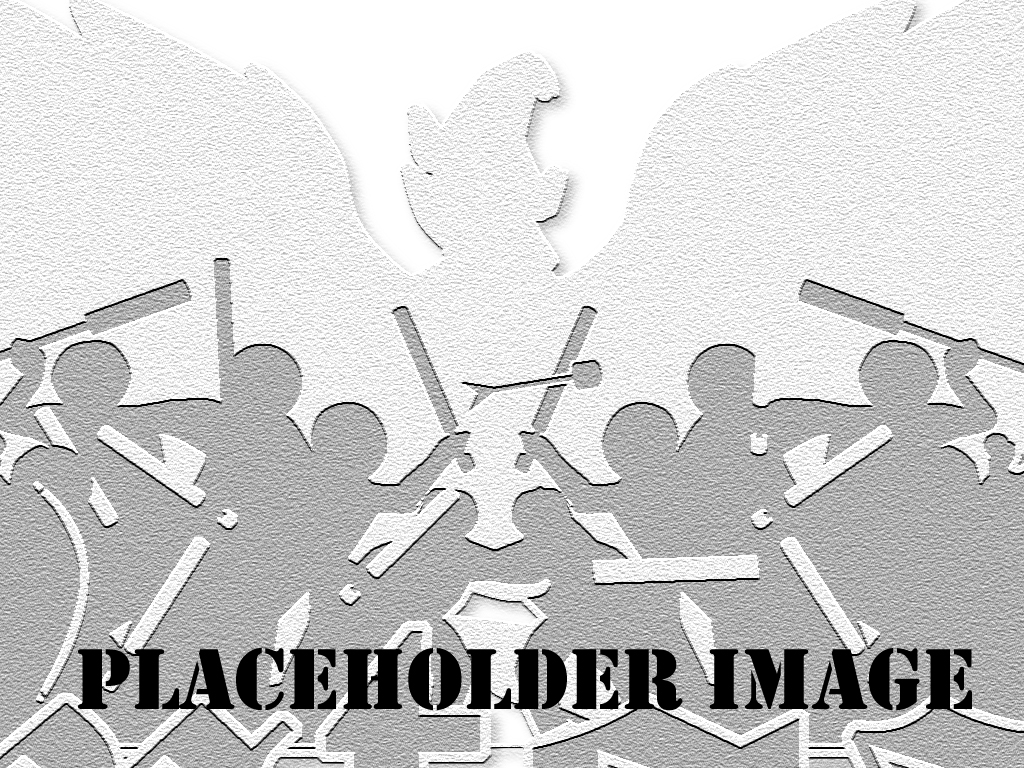Difference between revisions of "V9: Core"
From AmtWiki
m (→Core) |
m (Protrusions) |
||
| Line 4: | Line 4: | ||
<ul> | <ul> | ||
<li><big>Rigid Cores</big><br> | <li><big>Rigid Cores</big><br> | ||
| − | [[V9: Melee Weapons| Melee Weapons]] require a rigid core. | + | [[V9: Melee Weapons| Melee Weapons]] require a rigid core to provide structural stability. Short [[V9: Weapon Segments|weapon segments]] and small protrusions from a central core that are stable on their own do not require a rigid core within them. These segments and protrusions must not deform or fold over excessively during combat and must always return to their original position. |
*The best materials to use are carbon/graphite rods (such as from non-metallic golf clubs), kite spar, bamboo, PVC tubing, or fiberglass. Other materials will be assessed for [[V9: Safety|safety]] on a case-by-case basis. | *The best materials to use are carbon/graphite rods (such as from non-metallic golf clubs), kite spar, bamboo, PVC tubing, or fiberglass. Other materials will be assessed for [[V9: Safety|safety]] on a case-by-case basis. | ||
*Metal and wooden cores are prohibited. Metal may be used to counter-weight weapons provided it is permanently attached and not in a place that may inadvertently [[V9: Striking Your Opponent|strike]] another player. | *Metal and wooden cores are prohibited. Metal may be used to counter-weight weapons provided it is permanently attached and not in a place that may inadvertently [[V9: Striking Your Opponent|strike]] another player. | ||
Latest revision as of 20:55, 5 June 2023
This page is part of the Official Amtgard V9 Alpha-Playtest Rulebook.
- The Amtwiki is the official home and primary source for Amtgard V9 Rules as of February 25, 2023.
- These rules are currently in Open Alpha Playtest. See the Playtest Disclaimer for more details.
- To learn more about Amtgard V9 Development, please visit Amtgard.com.
- To view the current Amtgard V8 ruleset, please see the Amtgard V8 Rulebook.
Core
This refers to the structural base of the weapon to which padding is affixed.
- Rigid Cores
Melee Weapons require a rigid core to provide structural stability. Short weapon segments and small protrusions from a central core that are stable on their own do not require a rigid core within them. These segments and protrusions must not deform or fold over excessively during combat and must always return to their original position.- The best materials to use are carbon/graphite rods (such as from non-metallic golf clubs), kite spar, bamboo, PVC tubing, or fiberglass. Other materials will be assessed for safety on a case-by-case basis.
- Metal and wooden cores are prohibited. Metal may be used to counter-weight weapons provided it is permanently attached and not in a place that may inadvertently strike another player.
- The ends of any rigid cores should have a flat face and be securely capped with a layer of foam and tape at minimum to prevent the core from pushing through.
- Hollow cores should be sealed at the ends.
- Sharp edges should be blunted so as to not dig into the padding.
- Non-Rigid Cores
Contact Projectiles require a non-rigid, non-granunlar core.- The best materials to use are foam (any), denim, sweatshirt material, loose rubber bands, etc.
- Unacceptable cores include: Solid rubber, tightly-wrapped rubber bands, tennis balls, beanbags, seed packets, etc.
Weapons General Rules · Weapon Construction Terms · Melee Weapons · Projectile Weapons · Siege Weapons
Equipment Equipment Basics · Equipment Use Terms · Weapons · Shields · Armor · Color Code · Visual Indicators

